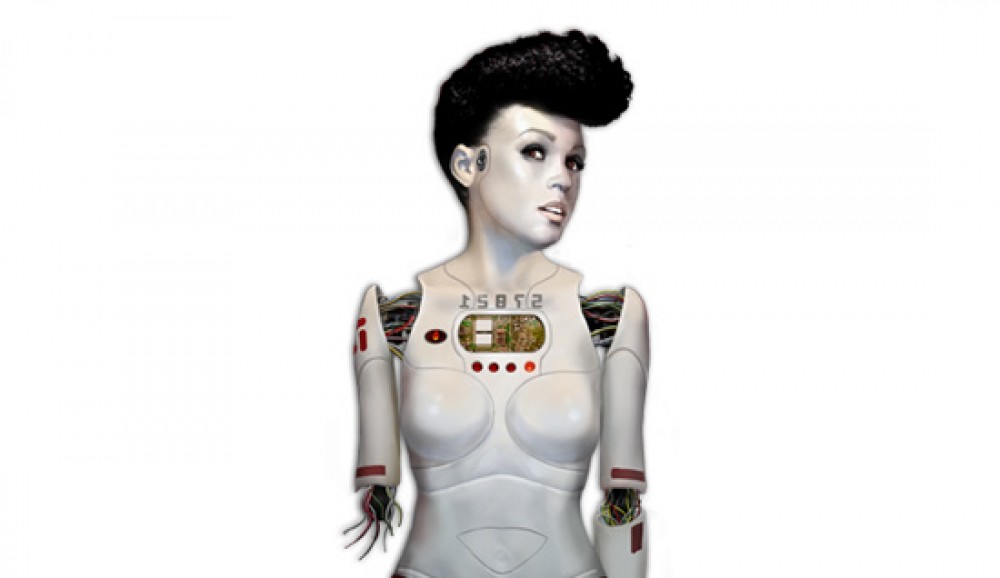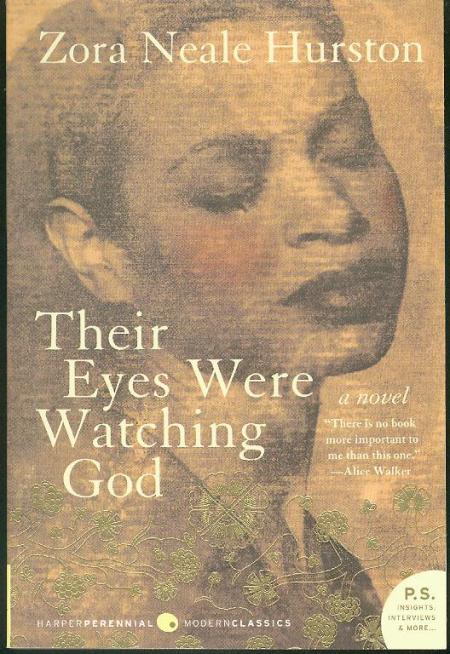Every year in the spring the policy debate community is introduced to a new topic to be explored, theorized, deconstructed, revised and re-imagined. Policy Debate is a rewarding and rigorous, high school and college activity that requires daily practice, diligence, intellectual stamina, a willingness to loose, access to resources like printing, coaches, and a fairly substantial travel budget. Historically, policy debate has been a male, white and affluent dominated activity. But recently, there has been a push to create a space where women and ethnic minorities can enter the arena, feel comfortable and thrive. New accessible structures have been put in place by special programs called Urban Debate Leagues, that have popped up in many major cities like Atlanta, New York, Baltimore, Memphis, Milwaukee and about twenty others. But these programs do not address the inherent debate cultural boundaries that still shut out certain students from the activity.
Spreading is a technique unique to policy debate that is strategically advantageous and heightens the level of competition unbelievably. The reasoning behind the practice is that the more arguments a debater can deliver in an eight minute speech, the harder it will be for the opponent to successfully answer all arguments and present their own. Spreading requires countless hours of practice to achieve, proper breathing techniques and advanced reading and critical thinking skills. It is an exclusionary practice because it makes the entire debate experience incomprehensible to a layperson and it immediately intimidates a lot of students who do not have strong reading and critical thinking skills, which are usually students who are in low achieving schools, which more often than not are schools that are mostly comprised of black and brown students.
[youtube]https://www.youtube.com/watch?v=dj4pQe11eZc[/youtube]
Further, policy debate introduces the gamut of old, dead, white philosophers, complex theories and mind tricks that are meant to confuse opponents and give teams a winning advantage. Counter-plans (an alternative to the plan presented by the affirmative team), Kritiques (arguments addressing flawed mindsets, social assumptions and established paradigms) and theory debates all are considered advanced forms of policy debate argumentation. In order to run the complex arguments and successfully refute them both teams must have an understanding of the structure of the argument, what the specific argument says and how the argument relates to the yearly debate resolution. These intricacies of the game further alienate new debaters, who are often female and/or minorities.
But in the past two decades, the policy debate world has seen a kind of counterculture emerge that carves out space for the inclusion of gender, race, sexual orientation and other questions of intersectionality that allows traditionally underrepresented populations into the debate world, and gives them a chance to win. There have been teams who play music, who remain silent during their speech time, and who deliberately refuse to spread, opting for a more realistic pace of argumentation. These new push backs are like welcomed new air to an old, stuffy, stale activity. The HBO documentary, Resolved does a great job of chronicling this new shift in Policy Debate.

[youtube]https://www.youtube.com/watch?v=EvNNtEVkckc[/youtube]


 A few years ago I wrote an interpretation of that poem for an Educational Studies course I was taking, which dealt with the shortcomings of schooling for inner city children. Here is a piece of what I had to say:
A few years ago I wrote an interpretation of that poem for an Educational Studies course I was taking, which dealt with the shortcomings of schooling for inner city children. Here is a piece of what I had to say:

